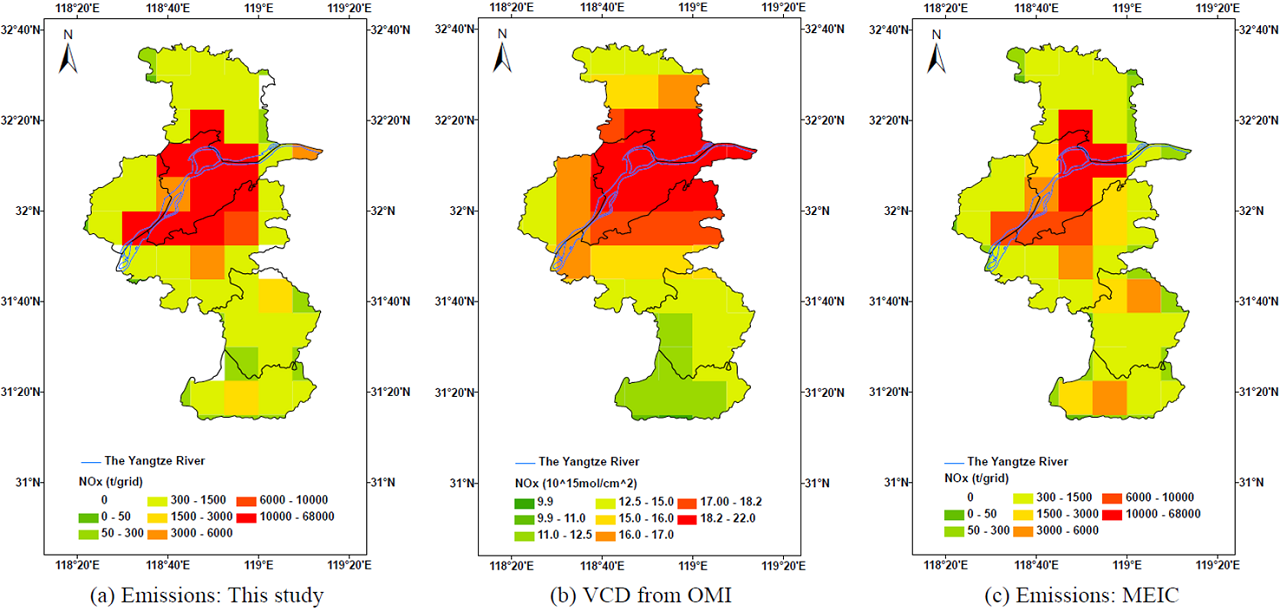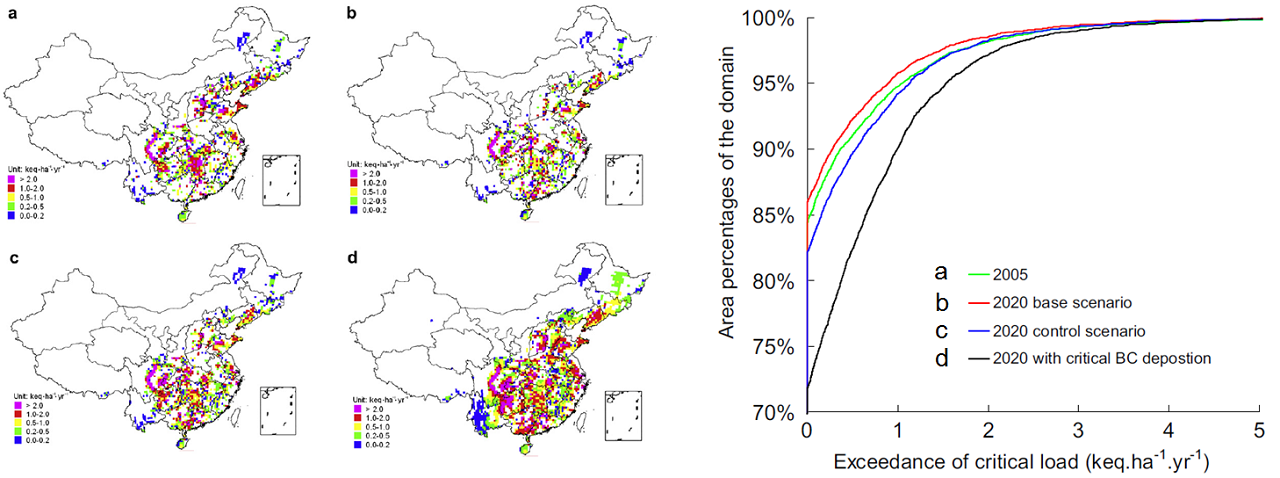Quantifying the emissions of air pollutants, for different sources and at different scales, is one key step to understand the air pollution mechanisms and to improve air quality. Emission inventory for China is one hot topic in atmospheric science community and various measures are integrated to estimate and evaluate China's air pollutant emissions, with either a bottom-up or a top-down method.
.png)
Currently the team stresses mainly on three aspects.
1. To develop emission inventories for various air pollutants at different scales
By combining the comprehensive emission source information and the latest emission factor database from field measurements, emission inventories at national, provincial and city scales are developed and continually refined, for both criterion pollutants and other species, e.g., atmospheric mercury. Those inventories serve as a basis for atmospheric modeling and policy making of local air pollution control. The emission inventory for Nanjing is directly applied in the air quality management for the 2nd Youth Olympic Games.
.png)
Nested NOX emission inventory for China, Jiangsu and Nanjing
Comparisons of Hg emissions for Jiangsu between various inventories by sector (The colors indicate the ratios of the emissions from global or national inventories to those from the provincial one).
2. To evaluate the uncertainty and reliability of emission estimates with multiple measures
We aim to answer the "simple" question: how good is the emission inventory? "Top-down" constraints in emissions are thus developed using various measures, including ground and satellite observation, and chemistry transport model, to evaluate the reliability and improvement of emission estimates. By doing this, the uncertainty and limitation of current emission inventory can be better understood, and the emission inventory gets more applicable for air quality research.

Evaluation of Nanjing emission inventory with satellite observation
Evaluation of Jiangsu emission inventory with chemistry transport model (CMAQ)
3. To analyze typical environmental effects of emission control commitment
Using the policy-oriented critical load, as an example, the effects of emission control policies on acid precipitation in China are analyzed, estimating how growth in NOX and other species could be canceling all benefits to acidification of China's aggressive and successful SO2 control policy, and how control of particulate matter, comprised in part of neutralizing base cations, may also limit recovery from soil and ecosystem acidification. These studies emphasize the need for a multi-pollutant control perspective for solving China's complex air pollution problem.

The maps (left) and cumulative distribution (right) of critical load exceedance in China for various scenarios. Higher curves indicate lower acidification risks.
Copyright 南京大学赵瑜教授研究组
|苏ICP备10085945号